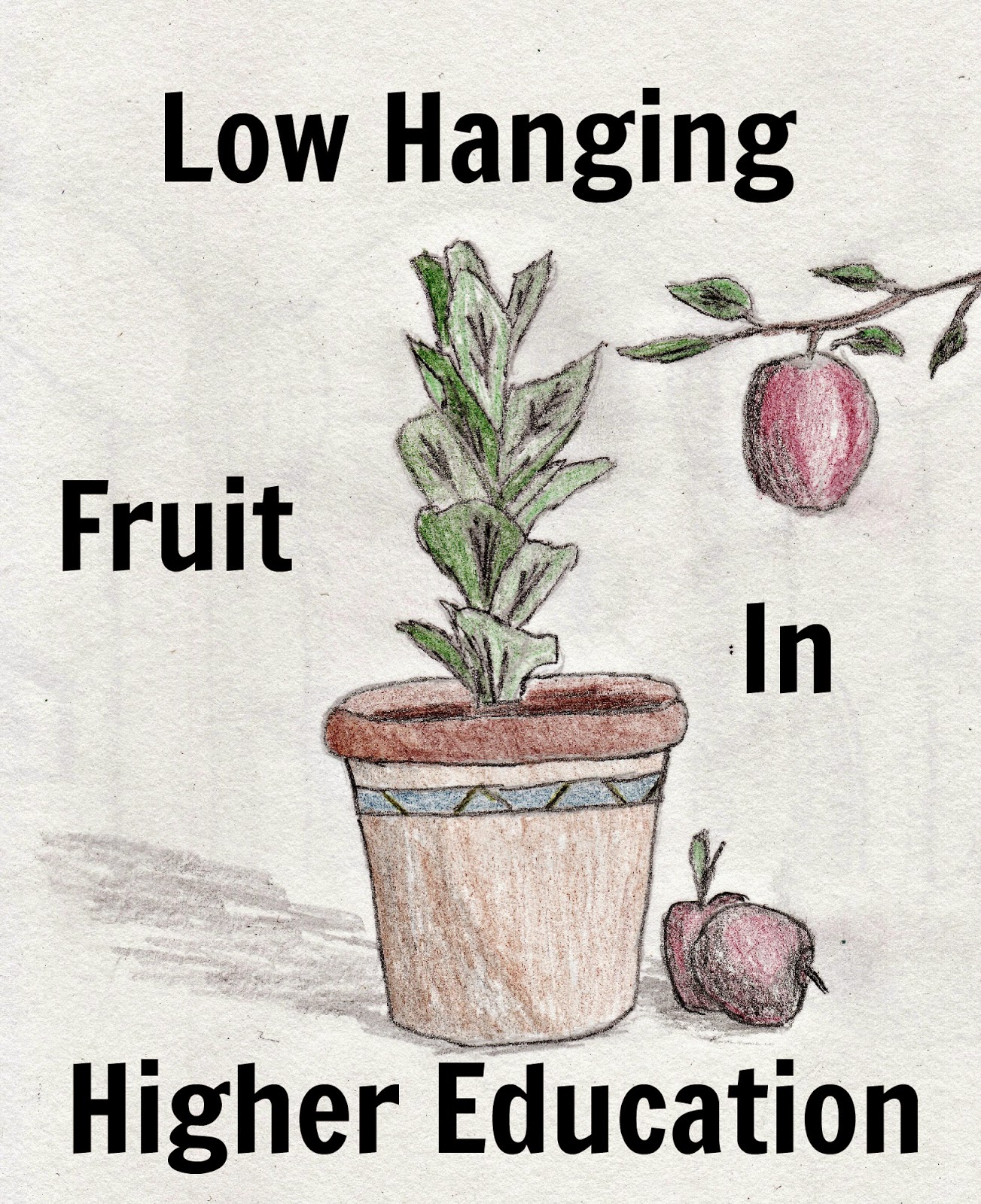 Students enter graduate school with an abundance of hopes
and enthusiasm to transform themselves into the next guru CEO that transforms
companies to great profit. Sometimes that enthusiasm dissipates when they
realize the equally abundant amount of work that is necessary to learn the
skills needed to achieve that success. The ability of students to understand
higher levels of theoretical material and apply that material to solve important
problems for “real world” performance is beneficial for life success. Graduates who know how to understand theory
and apply it are worth more than those who cannot.
Students enter graduate school with an abundance of hopes
and enthusiasm to transform themselves into the next guru CEO that transforms
companies to great profit. Sometimes that enthusiasm dissipates when they
realize the equally abundant amount of work that is necessary to learn the
skills needed to achieve that success. The ability of students to understand
higher levels of theoretical material and apply that material to solve important
problems for “real world” performance is beneficial for life success. Graduates who know how to understand theory
and apply it are worth more than those who cannot.
It is through this application that theoretical models are
adjusted to working models that adequately function within the business world.
When theories are adjusted and refined they provide a level of feedback that
helps to ensure the theory continues to adjust to a more practical end. The
development and attempted application of theory is part of the process of
business development.
Some students, unfortunately too many students, read
information and rephrase it without trying to understand the information at a
deeper level. Graduate students should be more like working scholars that read,
understand, and apply best practice theories to solve everyday workplace
problems. Their ability to move beyond simple citation and regurgitation is
important for future growth and success.
Graduate students should receive their Master Degree
Diploma’s with a level of knowledge and skills that transfer to the modern
workplace. Unfortunately, many business school students’ graduates lack
sufficient writing, interpersonal communication, and critical thinking skills
to effectively navigate their work environment (Everson, 2014). Making them seek relevant information and
communicate about it is important for their development.
The use of theory to solve practical problems can have strong
business implications that can better bridge the gaps between the business
community universities. For example, business and communication students at a
large university in the U.S. competed to solve authentic business problems
proposed by a Fortune 500 Company (Brozovic & Matz, 2009). The company was
impressed with some of the recommendations and implemented them into their
operations while students were able to learn how to apply theoretical
knowledge.
Such collaborations between the business and the academic
world are unfortunately rare. Higher education has a responsibility to
adequately prepare students for successful employment while business should
ensure that business colleges are teaching appropriate curriculum that suits
their needs long-term needs. Building connections between the two worlds can
only be helpful for the development of both.
Students may resent having to look in the library for
materials, read those materials thoroughly, and then formulate an opinion on
how to apply the concepts but this is vitally important for successful business
management. Business is about solving consumer and market problems and those
future executives that can apply knowledge to difficult problems are not only
likely to be more effective but also increase their value through continuous
learning.
Brzovic, K. & Matz, I. (2009). Students advise fortune
500 company: designing a problem-based learning community. Business Communication Quarterly, 72 (1).
Everson, K. (2014). Shrinking the business school skill gap.
Chief Learning Officer, 13 (9).

